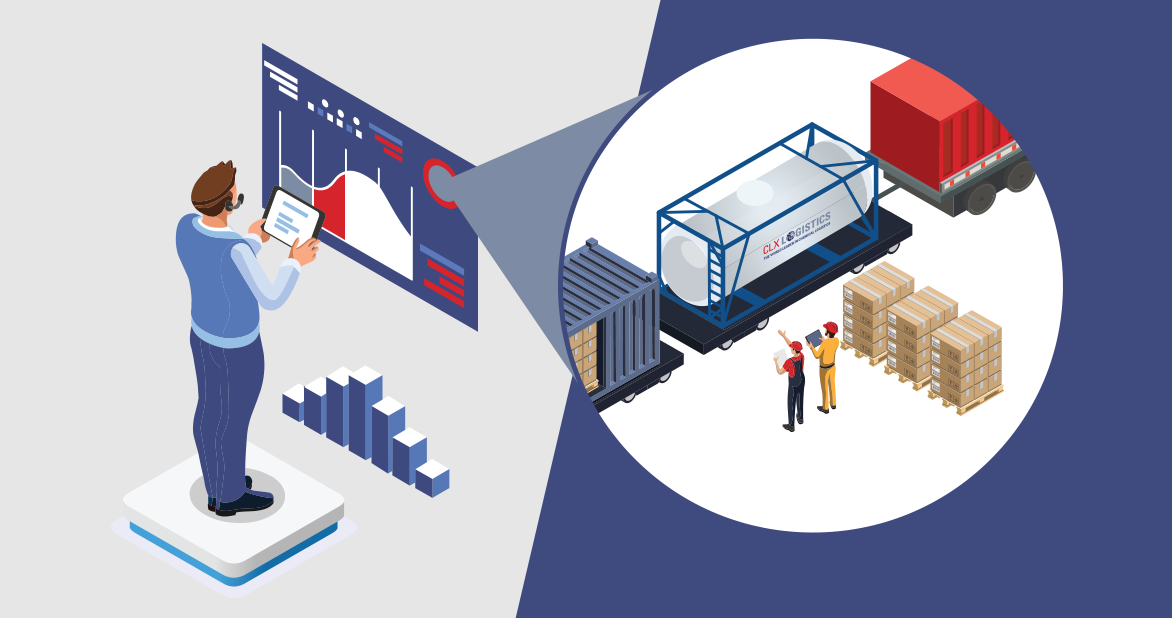Transloading Vs. Intermodal in Logistics & Supply Chains

The main difference between transloading and intermodal shipping is that transloading consists of products transferred from one mode of transportation to another, compared to intermodal, where an entire shipping container is transferred. Transloading is often a required step of the shipping process but can also be leveraged strategically to reduce storage costs, speed up delivery times, and improve supply chain efficiency.
Keep reading to get up to speed on the nuances between these similar but functionally separate transportation methodologies.
What is Transloading in Logistics?
Transloading in logistics is when a shipment is transferred from one mode of transportation to another to complete its journey. Transload shipments are not kept in a specific shipping container – the products themselves are moved from one mode to another. Logistics processes frequently call for transloading cargo as trucking is typically the only way to deliver goods to their final destination. In a warehouse setting, the transloading process is also referred to as cross-docking.
Freight brokers are often non-asset-based, meaning they don’t own their own equipment. Not having your own equipment offers some level of flexibility in finding the ideal equipment for any type of freight but can be limiting in some sectors, such as chemical, which rely on highly specialized solutions like the BulkTainer® intermodal transportation services.
Transloading may occur between the same or different modes of transportation, such as truck to truck or rail to rail and truck to rail or vice versa. The main goal of transloading is always to achieve the most cost-effective and timely transportation solutions possible.
Key Benefits and Considerations of Transloading
Benefits
- Save Money: Transloading can provide opportunities to reduce costs in transportation by moving freight to more efficient means.
- Save Time: Transloading can be an effective method of avoiding common challenges affecting modern supply chains.
- Enhance Flexibility: Transloading enables shippers to delegate freight to multiple destinations within a single shipment.
Considerations
- Transportation issues: Transloading means more hands handling freight, which increases the risk of lost or damaged goods.
- Lack of interchangeability: Transloading opportunities can be limited by available modes of transport, especially compared to intermodal, for example, where freight containers can be moved from one mode to another easily by crane.
Transloading or Intermodal – Which is Right for You?
Each method has its strengths and weaknesses, and in the end, one isn’t better than the other. What really matters is your needs and choosing the best method to suit those needs in every situation. Backed by decades of experience, critical transportation data, and advanced visibility solutions, CLX Logistics helps chemical shippers transport their goods all around the world quickly and cost-effectively.
Get in touch with us to talk with a transportation expert about selecting the right transportation strategies and methodologies for your needs.
Back to Resources
